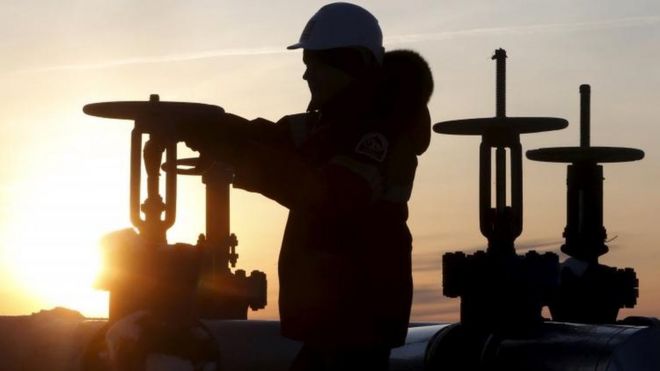Saturday night’s high-profile arrests in Saudi Arabia have sent shock waves through the global political Richter scale. The arrests, including that of such well-known figures as my former boss Prince Alwaleed bin Talal, came within hours of changes in the leadership of a number of important ministries, as well as to the leadership and structure of the much-respected Saudi national guard. Saudi royals view themselves as The Party, sharing power and ruling by consent, in an arrangement that is largely opaque. What is absolutely clear after Saturday’s “Night of the Long Knives” is that Crown Prince Muhammad bin Salman is upending this arrangement and centralizing all power within his position as crown prince.
This purge comes on the heels of complete intolerance for even mild criticism of Mohammed bin Salman’s reforms, resulting in at least 70 arrests that have, unfortunately, garnered far less attention. Many of us living outside Saudi Arabia will not return home for fear of the same fate. Our families have been targeted instead. All of this leaves me in a difficult quandary. I champion a real campaign to tackle the rampant corruption that is draining Saudi resources, both financial and human. Our unemployment rate would drop rather significantly if the billions we squandered on kickbacks and lavish personal enrichment schemes dressed up as public-works projects were spent instead on the development of small to medium enterprises, vocational training and 21st-century education reforms.

Corruption in Saudi Arabia is quite different from corruption in most other countries, as it is not limited to a “bribe” in return for a contract, or expensive gift for the family member of a government official or prince, or use of a private jet that is charged to the government so a family can go on vacation. Instead, in Saudi Arabia, senior officials and princes become billionaires as contracts are either enormously inflated or, at worst, a complete mirage. In 2004, Lawrence Wright wrote in the New Yorker about “The Kingdom of Silence” where a massive sewer project in Jeddah was really a series of manhole covers across the city with no actual pipes underneath. I, as the editor of a major paper at the time, can say that we all knew, and we never reported on it.
Another example is building an airport in the wrong location simply to benefit the princes who own the land. They received the land for free from the government and then got extravagant compensation for the property. Last year, during an interview with Bloomberg, Mohammed bin Salman revealed that “there was roughly between 80 to 100 billion dollars of inefficient spending every year, about a quarter of the entire Saudi budget” during the oil boom from 2010 to 2014. “Inefficient spending” is a far too gentle description for corruption in Saudi Arabia. So yes, I, as a Saudi citizen, am eager to see this scourge end.
MORE


 The Economics and Political Science Room
The Economics and Political Science Room


 Reply With Quote
Reply With Quote






